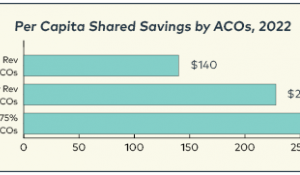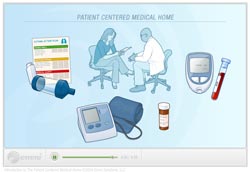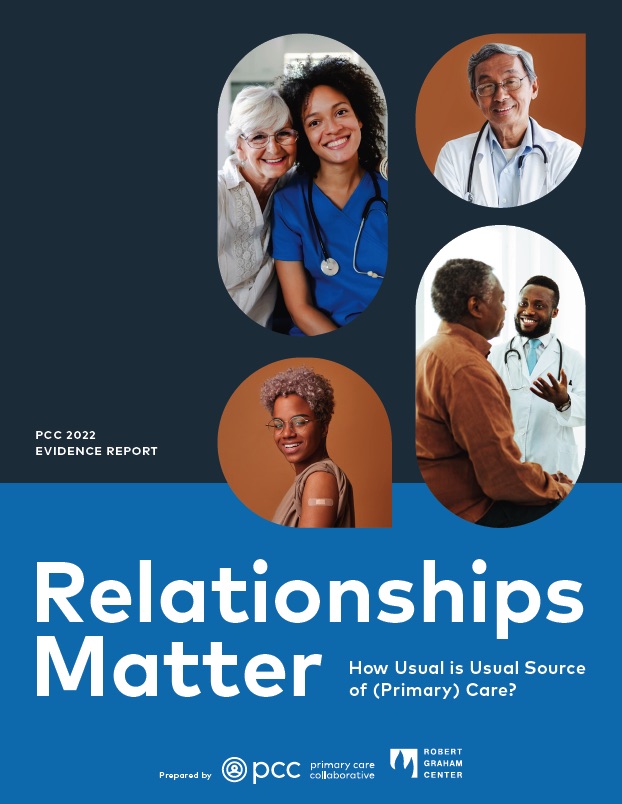Defining the Medical Home
The medical home is best described as a model or philosophy of primary care that is patient-centered, comprehensive, team-based, coordinated, accessible, and focused on quality and safety. It has become a widely accepted model for how primary care should be organized and delivered throughout the health care system, and is a philosophy of health care delivery that encourages providers and care teams to meet patients where they are, from the most simple to the most complex conditions. It is a place where patients are treated with respect, dignity, and compassion, and enable strong and trusting relationships with providers and staff. Above all, the medical home is not a final destination. Instead, it is a model for achieving primary care excellence so that care is received in the right place, at the right time, and in the manner that best suits a patient's needs.
In 2007, the major primary care physician associations developed and endorsed the Joint Principles of the Patient-Centered Medical Home. The model has since evolved, and today PCC actively promotes the medical home as defined by the Agency for Healthcare Research and Quality (AHRQ).
Features of the Medical Home
Adapted from the AHRQ definition, PCC describes the medical home as an approach to the delivery of primary care that is:
- Patient-centered: A partnership among practitioners, patients, and their families ensures that decisions respect patients’ wants, needs, and preferences, and that patients have the education and support they need to make decisions and participate in their own care.
- Comprehensive: A team of care providers is wholly accountable for a patient’s physical and mental health care needs, including prevention and wellness, acute care, and chronic care.
- Coordinated: Care is organized across all elements of the broader health care system, including specialty care, hospitals, home health care, community services and supports.
- Accessible: Patients are able to access services with shorter waiting times, "after hours" care, 24/7 electronic or telephone access, and strong communication through health IT innovations.
- Committed to quality and safety: Clinicians and staff enhance quality improvement to ensure that patients and families make informed decisions about their health.

| Attachment | Size |
|---|---|
| 447.98 KB |
What's New
March 19, 2024
February 28, 2024
February 22, 2024 | Conversations on Health Care





